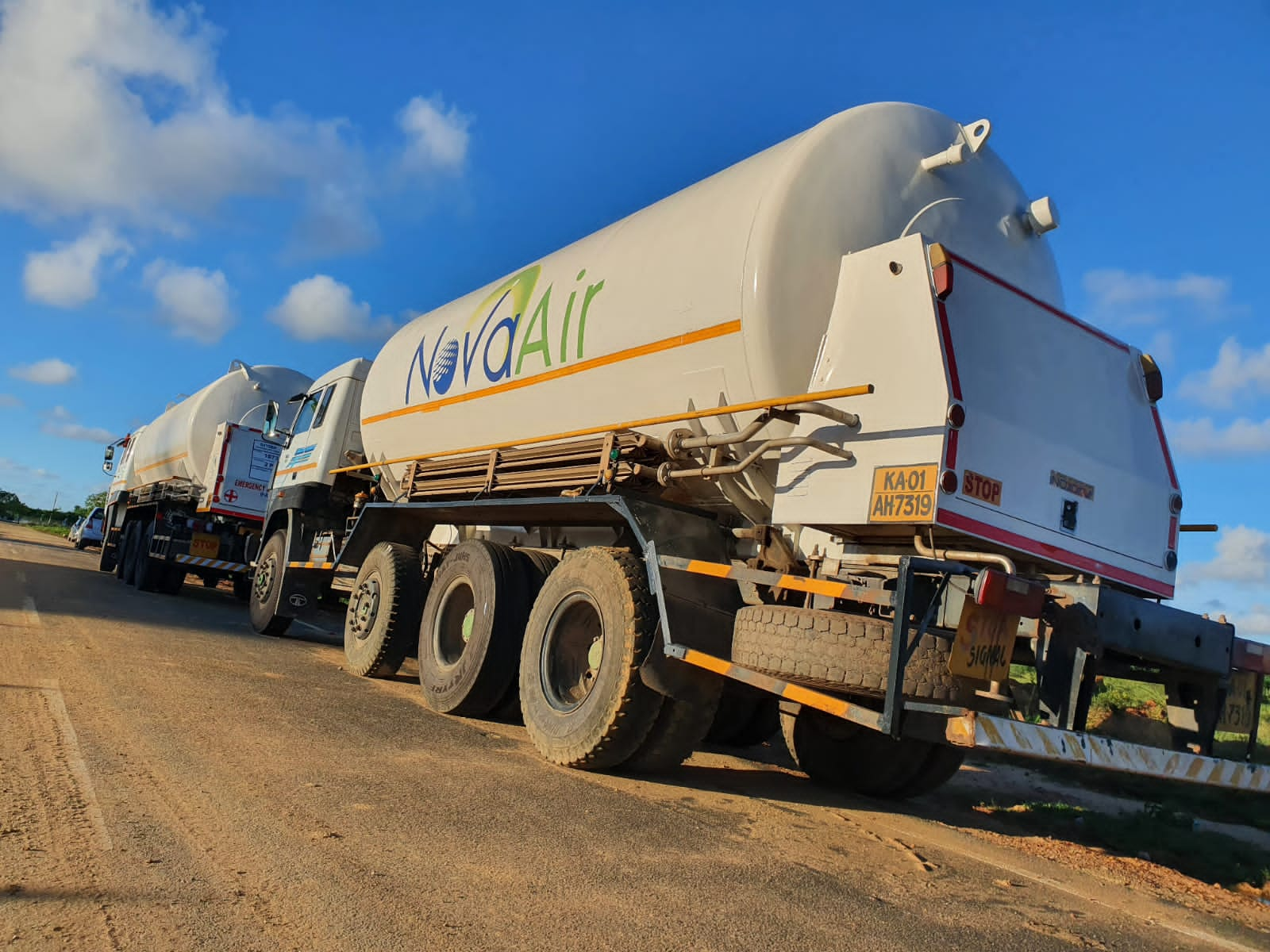PRESERVING FRESHNESS: INDUSTRIAL GASES IN FOOD & BEVERAGE INDUSTRY

To keep up with consumers' rising expectations, the food and beverage industry is constantly changing. Manufacturers are using cutting-edge technologies to streamline their operations as they place a strong emphasis on the quality, efficiency, and freshness of their products. The efficient use of industrial gases is one such approach that is becoming more prevalent. These gases provide a number of advantages, including better food preservation and enhanced production techniques.
Industrial gases like nitrogen, carbon dioxide, and oxygen are commonly used for MAP. The term (MAP) "Modified Atmosphere Packaging" refers to a technique for extending the shelf life of food products by changing the composition of the air surrounding them. Oxygen is replaced with nitrogen, which reduces the risk of oxidation and microbial development leading to spoilage. While oxygen helps preserve the colour and flavour of some items, carbon dioxide stops the growth of bacteria and moulds. MAP helps manufacturers provide food that is fresher and lasts longer, cuts down on food waste, and improves customer happiness.
Processes like cryogenic freezing and chilling are essential in the food and beverage sector. While cryogenic freezing is utilised for a variety of frozen foods such as fruits, vegetables, and seafood, cryogenic chilling is frequently used in the preparation of bakery goods, dairy products, and meat. Products can be quickly cooled or frozen using industrial gases like liquid nitrogen or carbon dioxide while maintaining their freshness, texture, and nutritional content. The process of carbonation, which gives carbonated drinks their distinctive fizz and delightful flavour, is crucial to the beverage business. Liquids, whether they be soft drinks, beer, sparkling water, or other carbonated beverages, are carbonated using industrial gases like carbon dioxide.
Maintaining hygiene and preventing contamination are paramount in the food and beverage industry. Ozone, which is produced from oxygen, is a powerful disinfectant used to clean water, equipment, and surfaces. By successfully getting rid of bacteria, viruses, and other pathogens, it lowers the chance of getting sick from eating certain foods and upholds the highest standards of food safety.
Industrial gases have transformed manufacturing procedures, preservation techniques, and overall product quality in the food and beverage business. They will continue to offer sustainable substitutes for traditional preservation techniques as sustainability gains importance. Manufacturers can improve the bioavailability of essential nutrients, facilitating easier absorption by the body through cutting-edge gas infusion techniques. Industrial gases will continue to be important forces for innovation, revolutionising the sector and making sure that consumers throughout the world receive high-quality, secure, and sustainable food and beverages.







